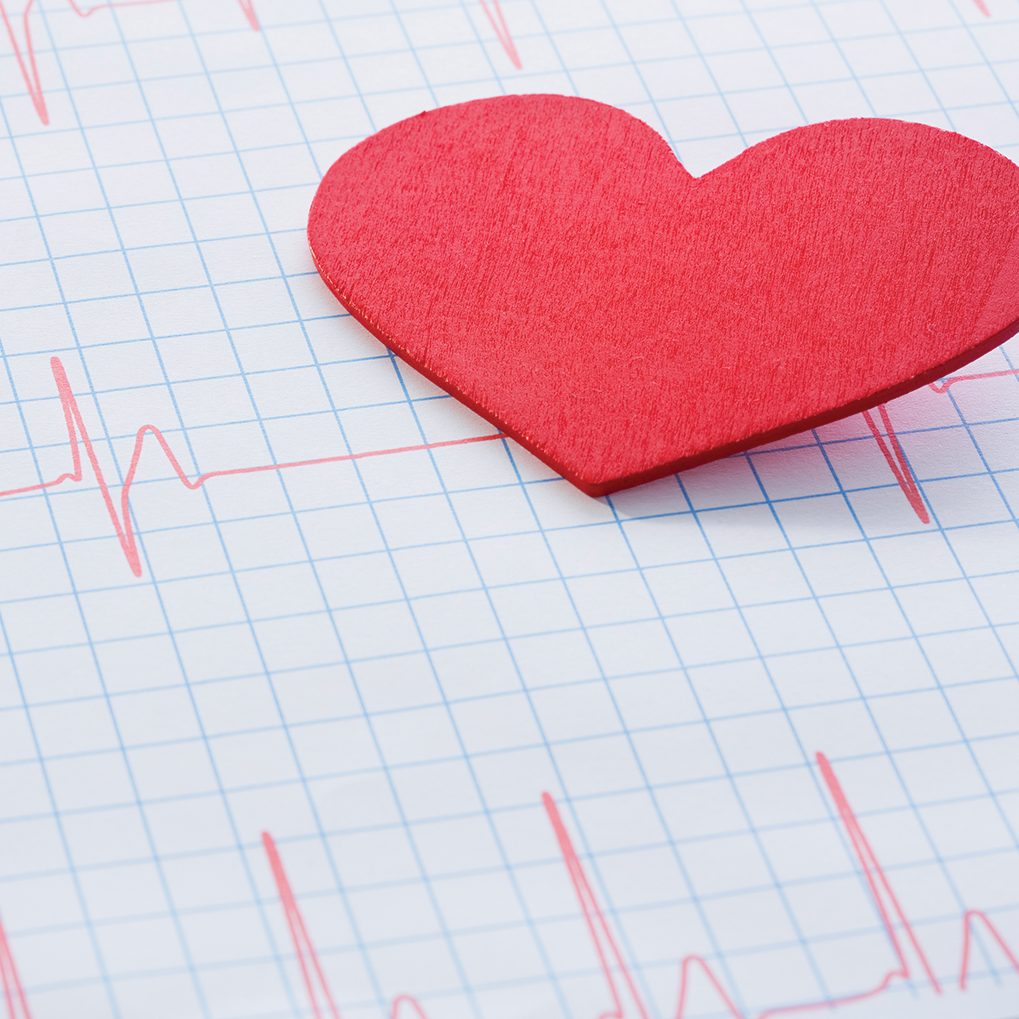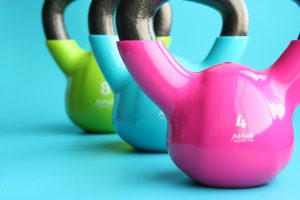Hearing loss is often seen as an inevitable part of aging. However, data from the National Institutes of Health indicates one in two people over the age of 85 has hearing loss, which suggests half of all individuals in that age bracket have no such issue. That should be encouraging to individuals concerned by the prospect of losing their hearing in their golden years.
The American Academy of Audiology notes that age-related hearing loss is known as presbycusis. Presbycusis can develop due to a combination of variables, including changes to blood flow and the structures of the inner ear as the body ages and shifts in how the brain processes speech and sounds. Certain medications and medical issues, including diabetes and poor circulation, also can exacerbate age-related hearing loss.
Though some hearing loss as individuals grow older may be related to age, Father Time cannot bear all the blame when individuals begin to lose their hearing. In fact, the National Institute on Deafness and Other Communication Disorders, using data from the 2015-2020 National Health and Nutrition Examination Survey, notes that roughly 5 percent of adults between the ages of 45 and 54 have disabling hearing loss. Such losses are unlikely to be a byproduct of aging, and more likely indicative that individual behaviors can affect the degree to which a person loses or maintains his or her hearing.
Preventive health care is vital to protecting the body long-term, and such maintenance can include steps to safeguard hearing over the long haul. The Hearing Health Foundation notes the following are some simple ways individuals can protect their hearing in the years to come.
Keep The Volume Down
The HHF advises individuals listen to personal audio devices at 50 to 60 percent of maximum audio level. Some smartphones are pre-programmed to alert users when they attempt to exceed these levels, and users are urged to heed these warnings when adjusting the volume on their devices.
Lower The Volume The Longer You Listen
Prolonged listening at high volumes can be especially harmful to hearing, even if users are listening at 50 to 60 percent of the maximum audio level. If you intend to listen for a long period of time, lower the volume even further.
Take Listening Breaks
The HHF recommends routine listening breaks from personal audio devices. Individuals who listen to personal devices throughout a workday are urged to take breaks at least once every hour.
Wear Over-The-Ear Headphones
The HHF recommends individuals choose over-the-ear, noise-cancelling headphones over earbuds. Over-the-ear headphones are more effective at creating a seal that blocks out ambient sounds, which means users are less likely to turn up the volume on their headphones than they might be when using earbuds.
Routine hearing examinations are an effective way to monitor hearing, and individuals are urged to make them part of their preventive health care regimen. When measures are taken to protect long-term hearing, individuals may find it easier to manage age-related hearing loss if they experience it.














